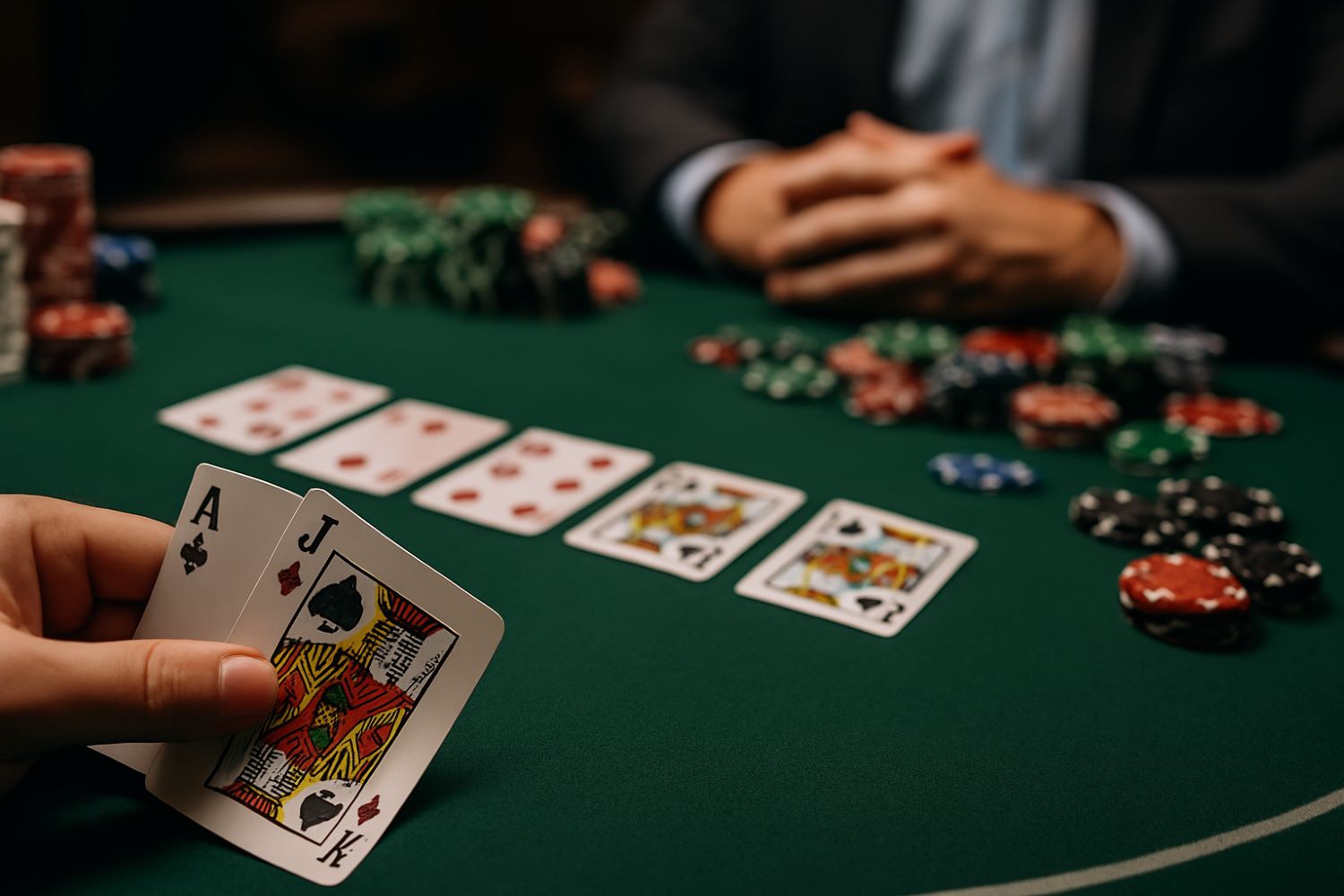Poker
Poker is a timeless card game that challenges players to combine luck, skill, and psychology in pursuit of the winning hand. On this page, you’ll discover a wide range of articles and guides covering everything from basic poker rules to advanced strategies for both online and live games. Whether you’re interested in Texas Hold ’em, Omaha, Stud, or other popular poker variants, you’ll find tips, tutorials, and expert insights to help you improve your game and get the most out of every session.
-
Discover the most common types of poker players—aggressive, conservative, and…
-
Discover practical Texas Hold’em poker tips for beginners and experienced…


